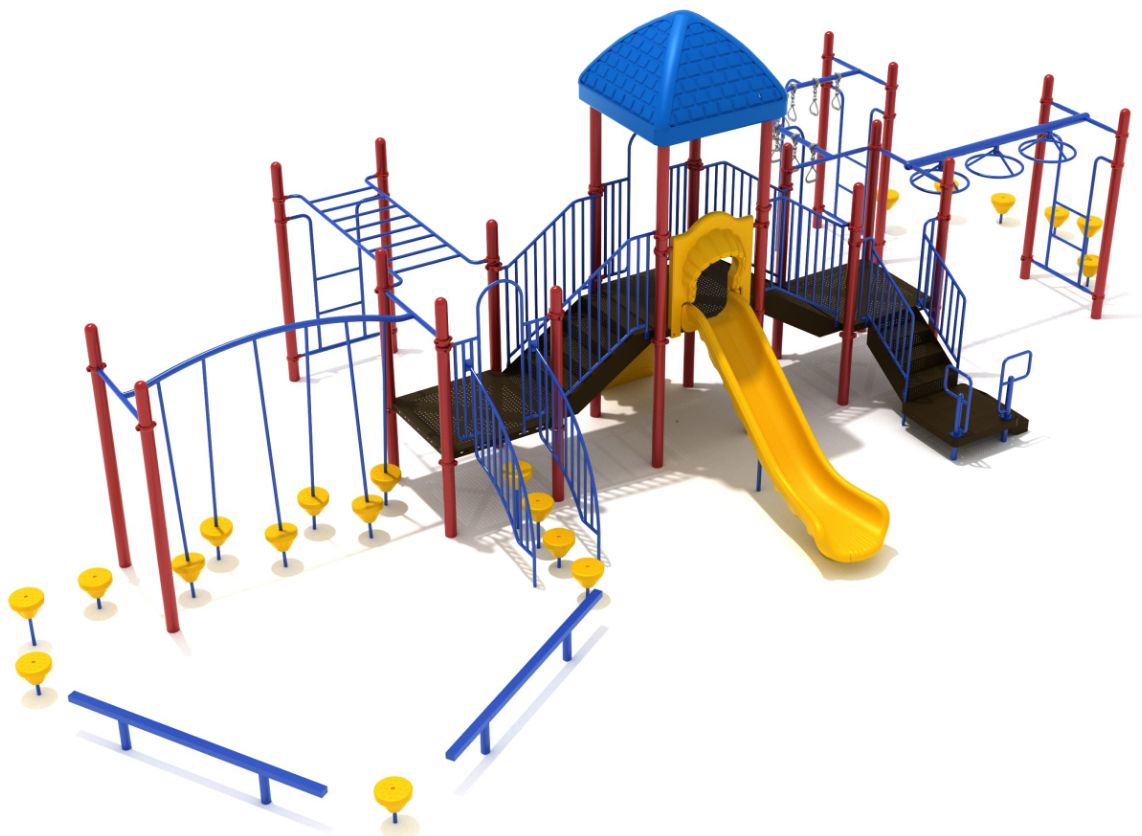Introduction to Playground Safety
Ensuring safety in playground environments is paramount. Every year, emergency departments in the United States treat more than 200,000 children aged 14 and younger for playground-related injuries. Implementing rigorous safety precautions can significantly reduce these numbers and create a safer play space for children.
Material and Equipment Safety Standards
Non-Toxic Materials
All materials used in playground equipment should be non-toxic and free of lead-based paint, which can pose serious health risks if ingested. It is crucial to ensure that all coatings, plastics, and metals are certified safe for use in children's environments.
Robust Equipment Design
Equipment must be designed to withstand not only the weight and activity of children but also environmental factors such as wind and temperature changes. Structures should have secure fastenings and joints, with no protruding bolts or sharp edges that could cause cuts or snag clothing.
Regular Maintenance Checks
Frequent inspections are essential to maintain safety standards. It's recommended that playgrounds undergo monthly checks to identify potential hazards like loose bolts, splintering wood, or worn-out ropes. Such issues should be addressed promptly to prevent accidents.
Surface and Environmental Safety
Appropriate Surfacing Materials
Falls are the leading cause of playground injuries. To cushion falls and reduce injury risks, surfaces around playground equipment should be covered with impact-absorbing materials such as rubber mulch, engineered wood fiber, or sand. These materials should be maintained at a depth of at least 12 inches to provide effective shock absorption.
Shade and Hydration
To prevent heat-related illnesses, playgrounds should offer adequate shaded areas. These can be natural, like trees, or built structures like canopies. Additionally, access to drinking water should be readily available to keep children hydrated, especially in warm climates.

Safety Signage and Supervision
Clear Signage
Playgrounds should have clear signage indicating the age appropriateness of equipment, safety rules, and emergency contact information. This helps ensure that children use the playground equipment that matches their developmental stage and abilities.
Adult Supervision
Active supervision is one of the most effective ways to enhance playground safety. Adults should always be present to monitor playground use and ensure children are playing safely and using equipment as intended.
Innovative Safety Features and Technology
Many modern playgrounds incorporate advanced safety features such as soft-close mechanisms on swings and slides, rounded corners, and recessed hardware. Technologies like wear sensors on swing chains and connectors can alert maintenance teams to potential issues before they pose a risk to children.
For a detailed exploration of the most up-to-date safety technologies and materials available, visit playground equipment.
Summary of Essential Safety Precautions
Ensuring the safety of playground equipment requires a comprehensive approach, from the choice of materials and regular maintenance to the implementation of proper surfacing and the presence of active adult supervision. By adhering to these guidelines, community leaders and educators can significantly enhance the safety and enjoyment of playgrounds for all children.